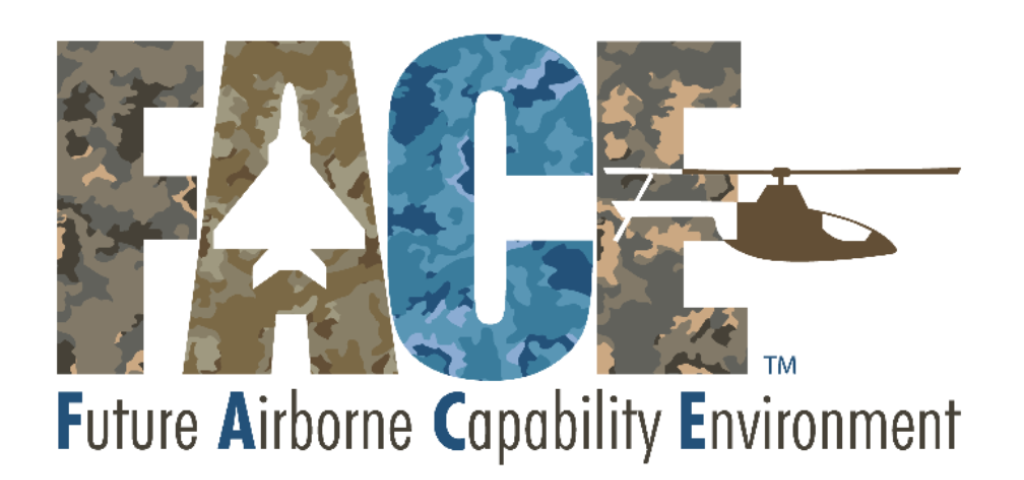
Wind River Showcases FACE™ Demonstration for Multi-core Safety-Critical Applications
Wind River’s commitment to meeting the affordability, innovation, and safety-critical needs of the avionics community was on display this week at the Open Group Future Airborne Capability Environment (FACE™) Consortium Face-to-Face (F2F) meeting in St. Pete Beach, FL. Wind River and Bell collaborated to demonstrate the benefits of combining the separation principles of an ARINC 653 Integrated Modular Avionics (IMA) architecture with FACE components in a safety-critical system.
The FACE Approach and the BITS Event
The FACE consortium champions an integrated technical and business approach with the following two goals in mind:
- Increase the affordability of capabilities
- Improve time-to-field, delivering new capabilities faster
The FACE™ Technical Standard is key to these efforts, defining the software environment that serves as the foundation for portable components called “Units of Conformance” (UoC). The FACE Consortium took another next step in advancing new capabilities through the creation of the Integration Workshop (IWS). The IWS initiative establishes a positive environment that emboldens its members to generate reference implementation examples, encourages collaboration and fosters innovation.
The event that supports this forum is the Basic Avionics Lightweight Source Archetype (BALSA) Integration and Test Session (BITS). In recent Open Group meetings, industry members leveraged this environment and took the opportunity to show the exciting new ways they are putting this technology to use. The efforts culminated this week with the BITS event that was held in conjunction with the F2F meeting in St. Pete Beach, FL on April 24.
FACE Multi-core Safety-Critical Demonstration
The integration was based on a multi-core safety-critical platform and the FACE Technical Standard running on a T2080 PowerPC processor. Wind River provided the VxWorks 653 DO-178C DAL A safety critical RTOS to host BALSA applications while Bell provided the EGI application and serial I/O adapter. The following diagram shows the component mapping to the FACE architecture.

Each BALSA component runs independently in its own safety partition across multiple cores. This design underscores the natural fit between the application modularity that is critical to meeting affordability goals and the separation required by safety-critical environments that is inherent to the Wind River platforms.
Significantly, the architecture supports two unmodified applications – both the “canned” Linux-based EGI application provided by the IWS as well as the EGI component integrated by Bell to run on VxWorks. This ability to swap out applications without compromising the integrity of the architecture or impacting the safety-critical separation enforced by the RTOS are critical to the end user’s affordability goals. This helps “future-proof” systems and ensures they are able to quickly adapt to changing capabilities.
Looking Forward
These are exciting times for the consortium as evidenced by these “where the rubber meets the road” capability demonstrations. This is never more apparent than at the BITS events where an ever increasing number of organizations participate. The effects are being seen in the market. With so many examples of the feasibility and benefits of these efforts emerging, it comes as no surprise that over 60 FACE procurements and solicitations are available today and that number will continue to grow.
In the spirit of supporting these advancements, Wind River is expanding the solution space by running the BALSA application on its recently launched Helix™ Virtualization Platform. This platform is designed with consolidation for multi-OS and mixed-criticality applications onto a single edge computing platform in mind, without compromising the commitment to meet DO-178C DAL A objectives for safety-conscious customers. Wind River’s product line provides the landing zone for these components in the most demanding operating environments across multiple processing architectures.
Look for the next chapter in technology advances from Wind River and other members of the community at upcoming FACE events. The next F2F will be held June 25-27 in Atlanta, GA and the annual FACE Technical Interchange Meeting will be held September 17 in Dayton, OH. Please refer to the FACE Consortium Member Meeting Dates for complete details.
To learn more about Wind River’s safety-critical avionics work click here.

